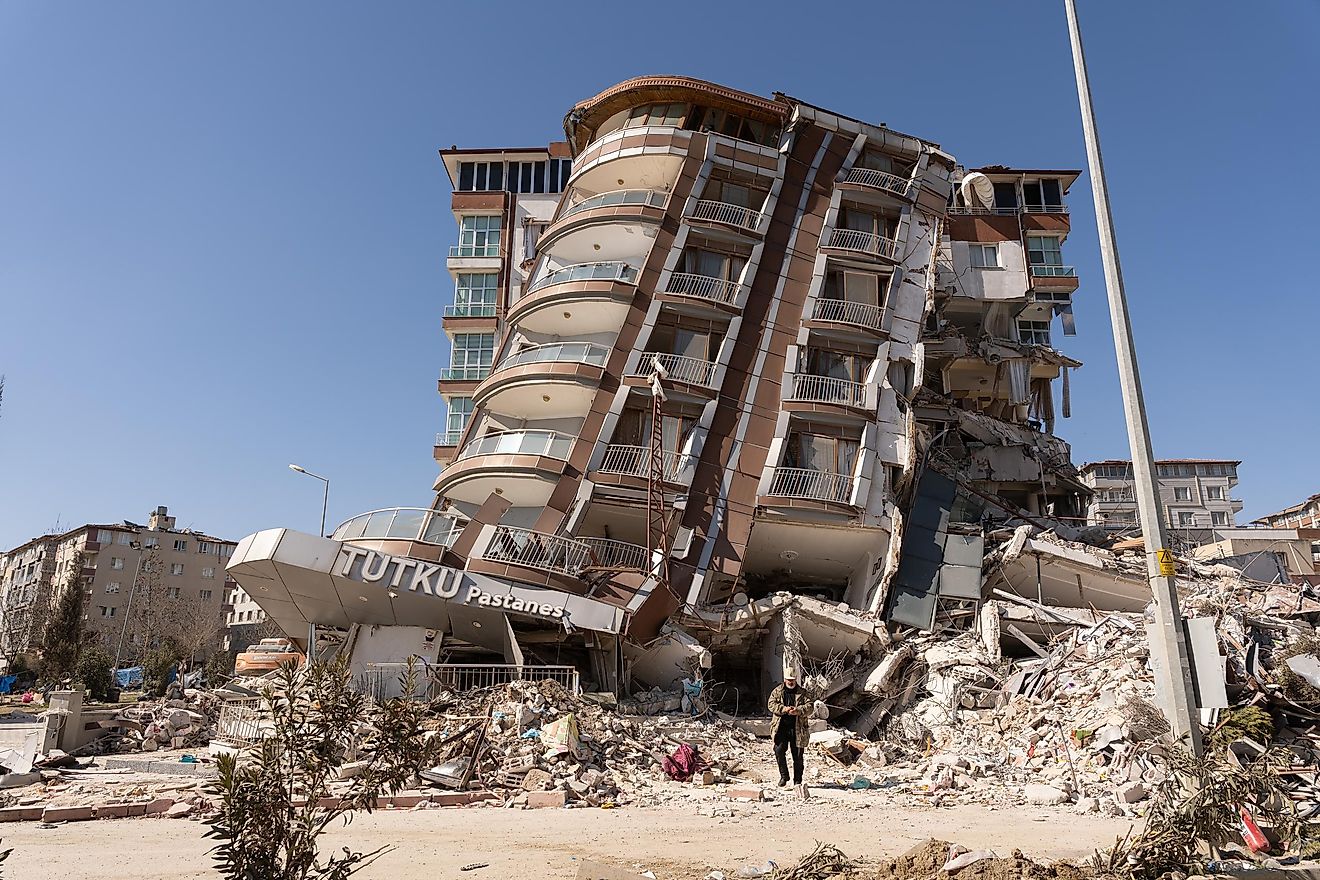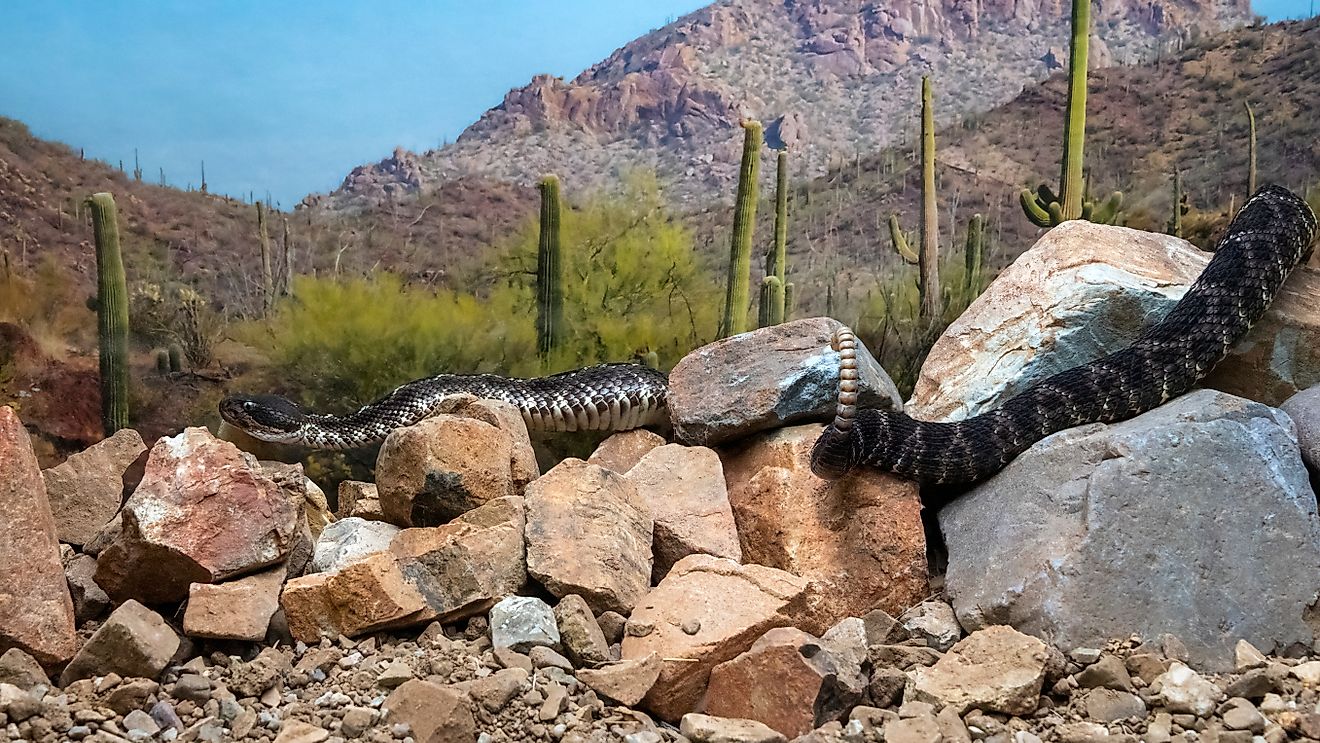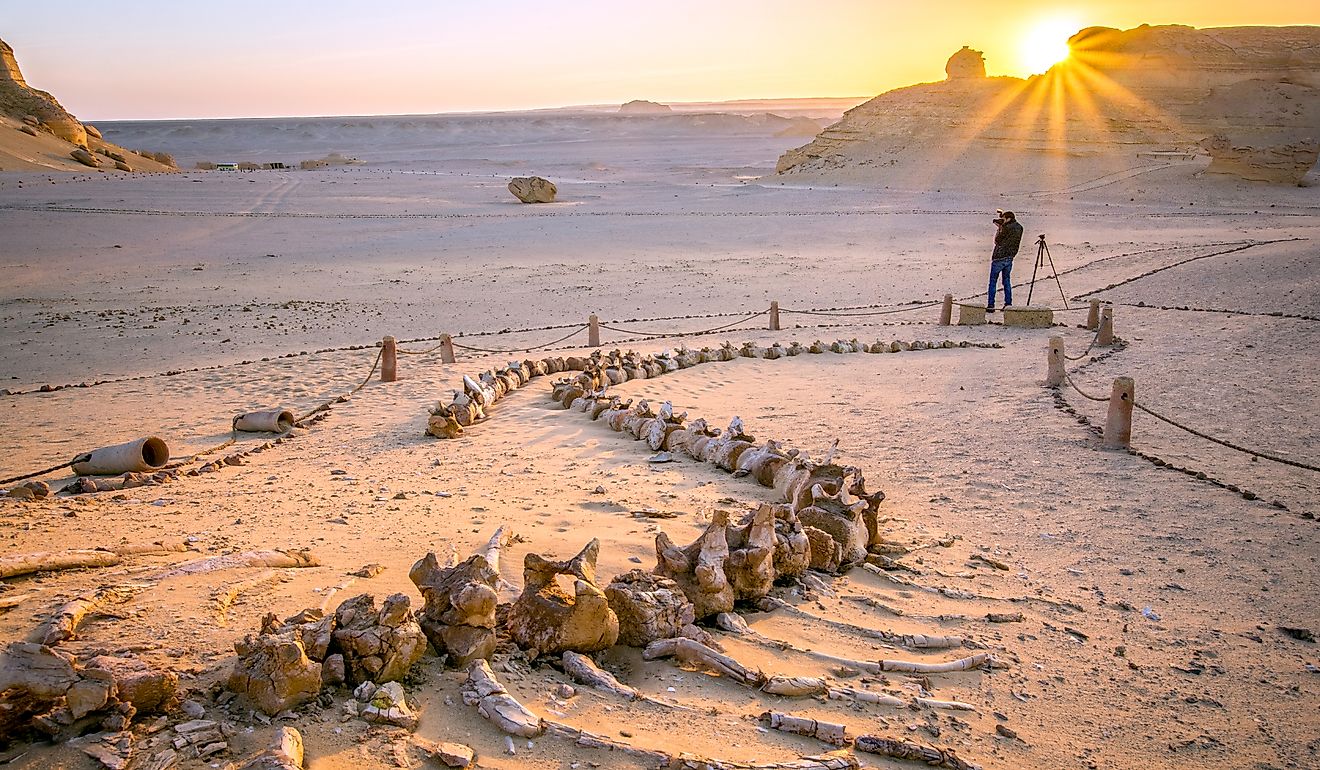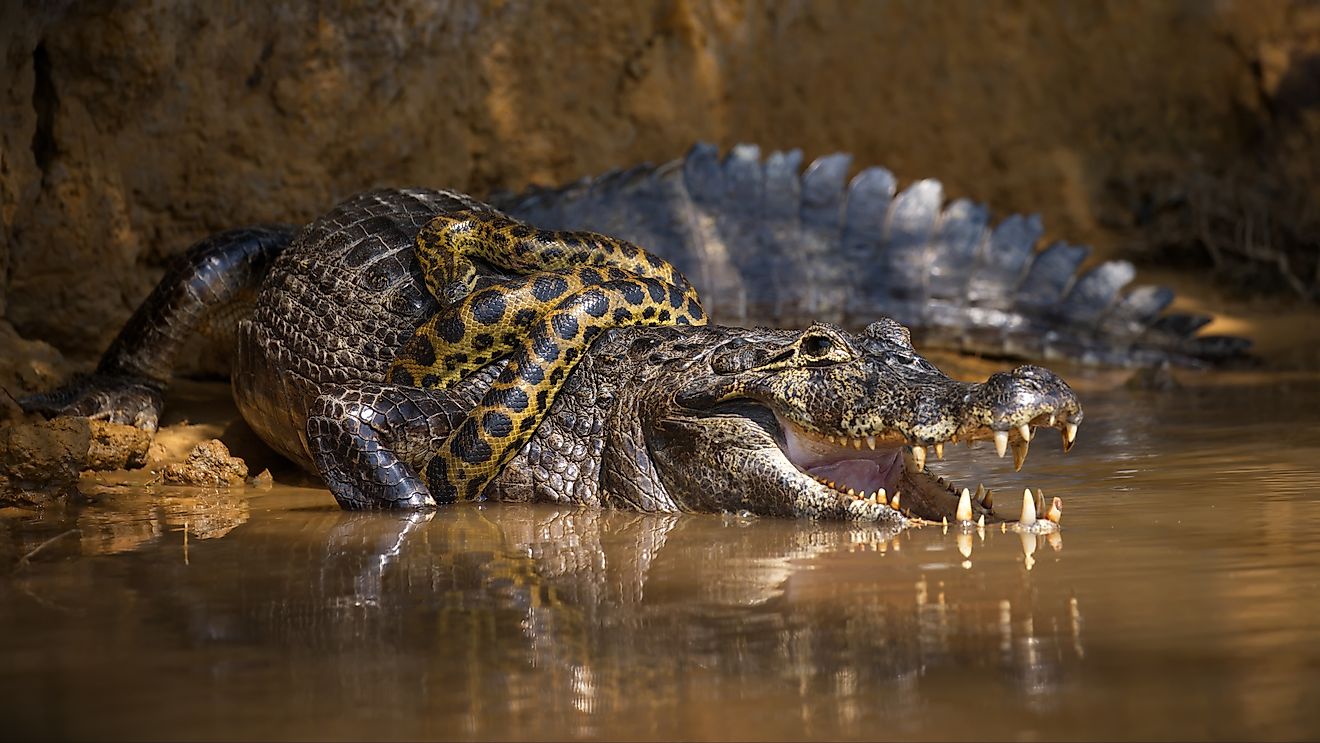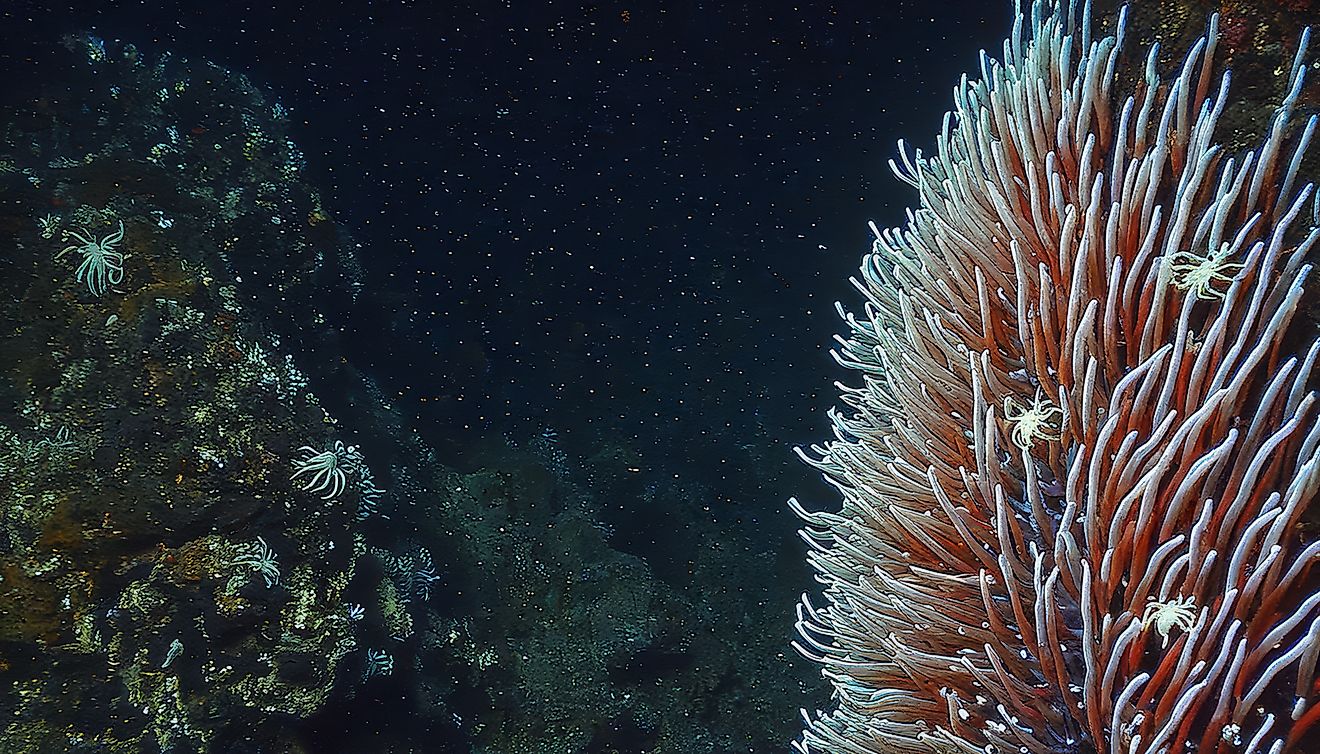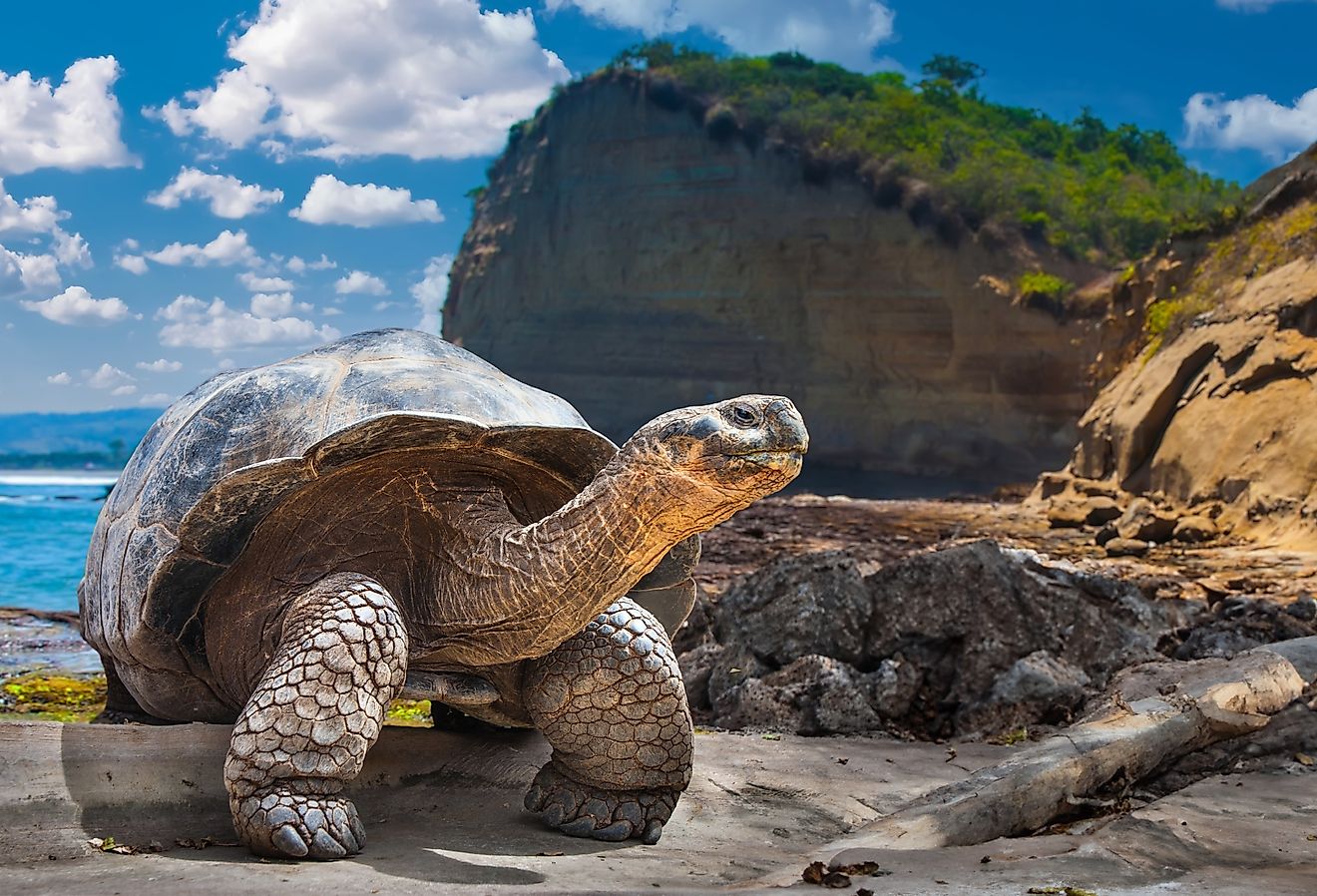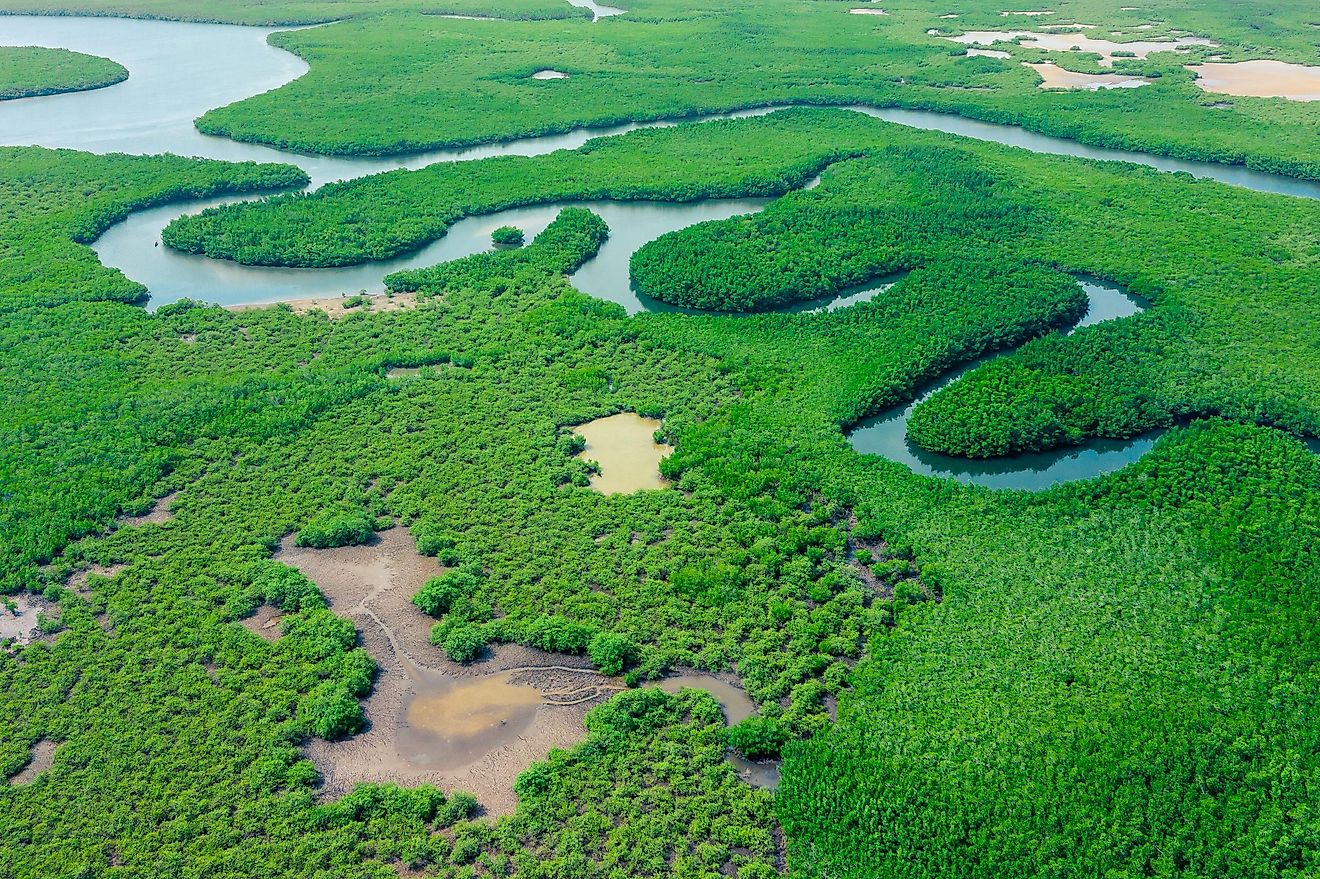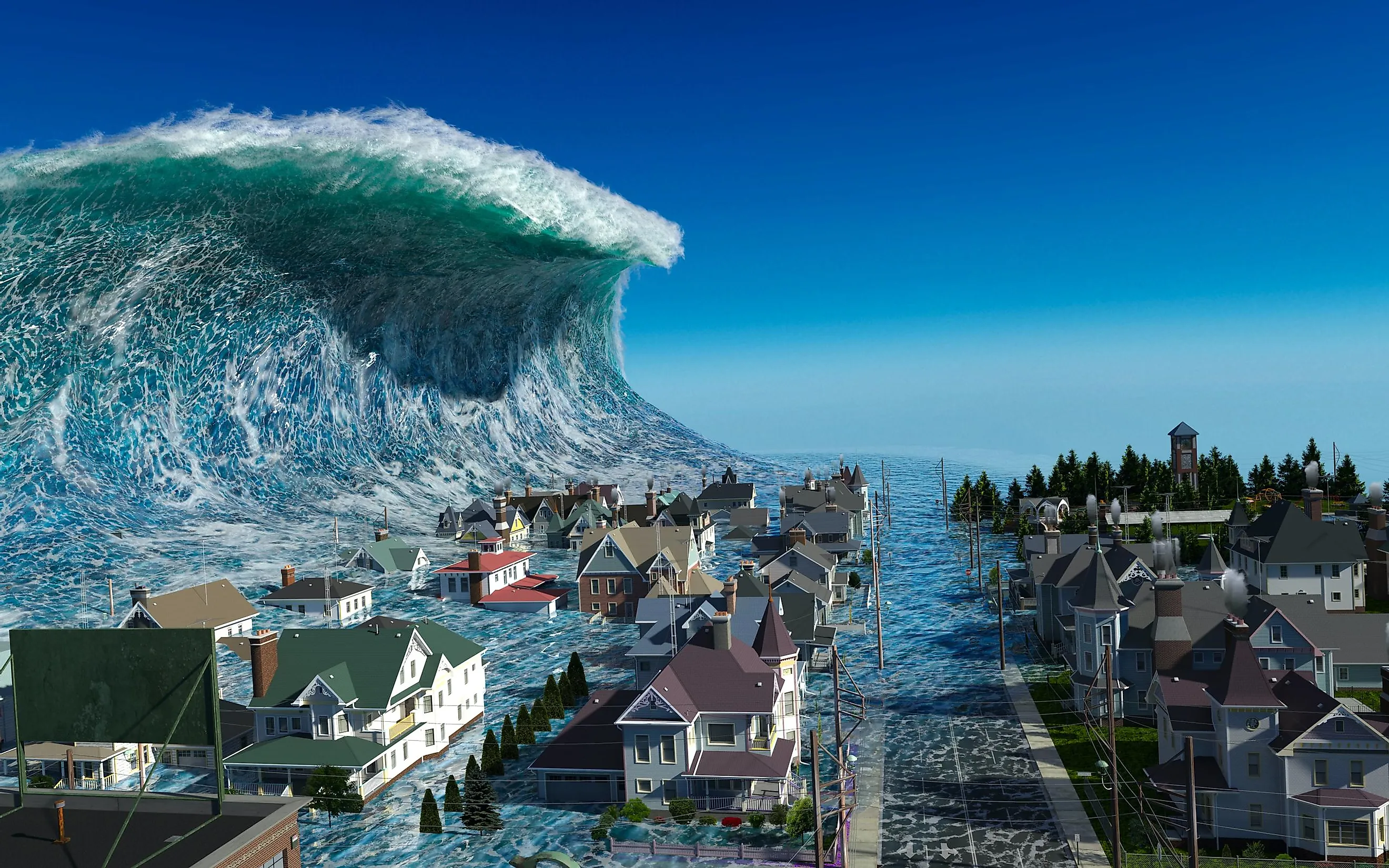
8 Countries That Could Vanish Due To Climate Change
Over the course of the 20th century, the sea level rose globally by around 7.5 inches. The UN warns that it could rise three feet more by the end of the 21st century. Not only is the rising ocean an escalating challenge for the low-lying, small island states, but violent weather patterns, including increased frequency of unexpected storms, are beating down on these already-vulnerable nations and further submerging them underwater. Rising sea levels and changing climate are effects of global warming, primarily caused by the human hand of the most-polluting countries.
Many island nations lack protection against natural disasters and share the fragility of a subsistence economy based on tourism and financial dependence on international trade. Violent natural forces also hinder communications and infrastructure development, putting basic human survival into question. Some of the low-lying Pacific Islands are home to a protective barrier of coral reefs, now quickly waning under the rising ocean, leaving people and land increasingly vulnerable to climate change and the rising sea each day. These eight countries helplessly pend global warming effects, with a grim future of being literally washed off the map entirely.
Marshall Islands
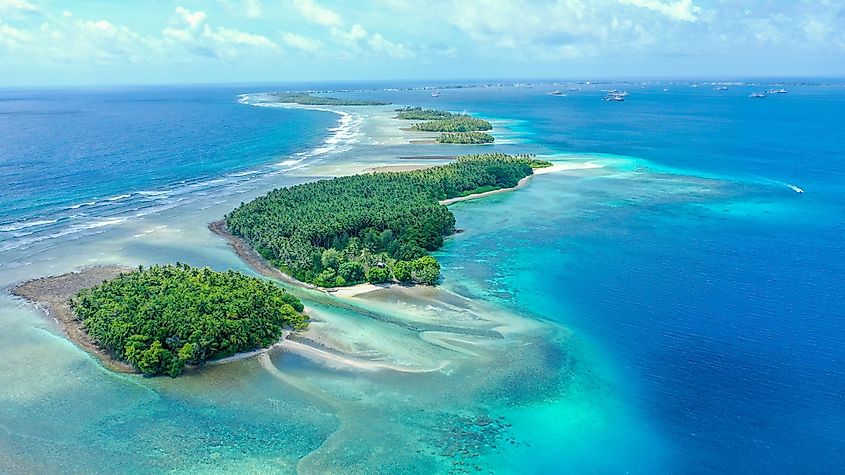
The Republic of the Marshall Islands is a tiny Micronesian state with an area of 181 square kilometers over five islands with 29 atolls in the Pacific Ocean. Captain John Marshall discovered the isles in 1788, while they only gained independence from the United States in 1990.
Presently, with its population of 60,000, some residents are facing impending submergence by the sea level rise that has already begun. It is most visible in some of the atolls and tracts of land swallowed by the ocean in the capital city of Majuro. It is likely that within the next century, irrevocable consequences of global warming will threaten the very existence of the country.
Kiribati
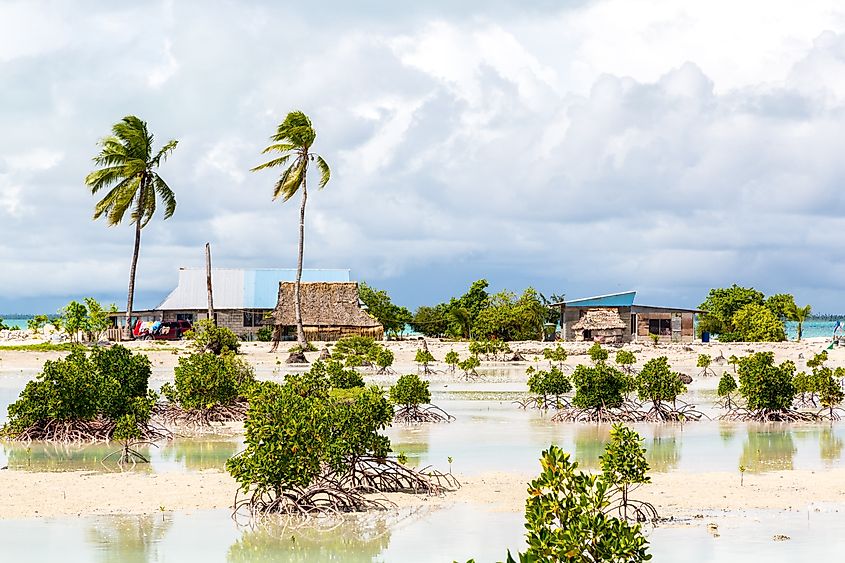
The Republic of Kiribati covers three million square kilometers in the Pacific Ocean, northeast of Australia, over 33 coral atolls, and one island. The Spaniards first discovered these atolls. Later, the British ruled here, with the independent country of Kiribati emerging only in 1979.
Today, Kiribati authorities are highly concerned by the rising sea level that is slowly submerging the nation's coasts and forcing people to relocate. The country has an average elevation of only three meters above sea level and is already losing its villages under the rising sea. The saline water is also inundating the freshwater resources of the atolls, leading to crop failures. According to estimates, this densely populated island nation could be underwater by the end of the century, leaving thousands of helpless climate migrants behind.
Fiji
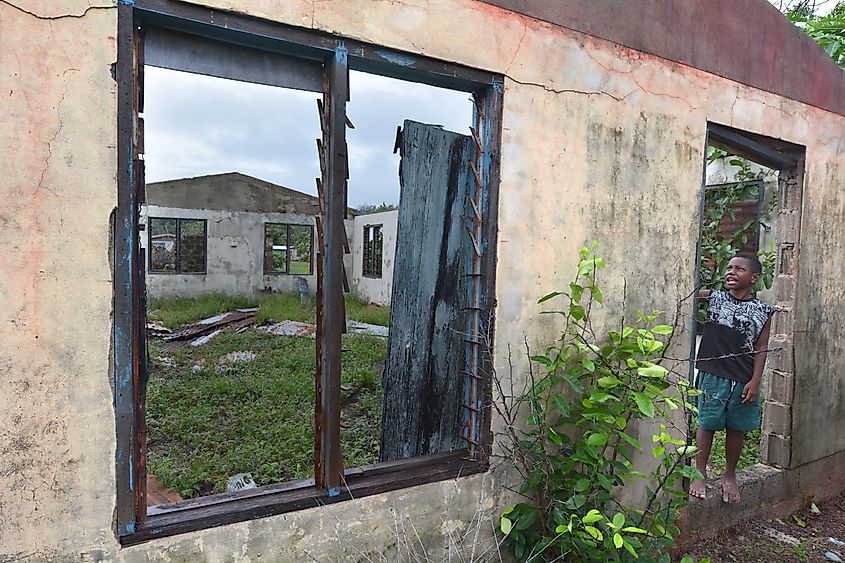
The tourist-paradise destination Republic of Fiji covers 1.3 million square kilometers of territory over 330 islands in the Pacific. The islands were originally colonized by Southeast Asians, settled by the Europeans in the 17th century, and under British ownership until 1970 when Fiji declared independence. Fijian Islands are daunted by a double force, slowly pushing the isles to the bottom of the ocean. Despite this, the islands' population increased by 0.56% from the previous year to 929,766 residents in 2022.
Along with sea level rise, extreme weather conditions are also hitting Fiji hard. Inclement weather put Fiji under mercy in 2009 with a rainstorm that resulted in 19 human casualties and 9,000 evacuees. The cane plantations were also significantly damaged, along with the cities' infrastructure that provided for tourism, greatly hindering Fiji's other main source of income.
In 2016, Fiji was hit by Tropical Cyclone Winston, which impaired industry and left residents scrambling for food. The former home to over 100 locals, the village of Vunidogoloa is now a tropical forest, with a town square covered in tropics, rotting rodents in abandoned houses, and salt water seeping up from the earth as far as 300 feet away from Natewa Bay.
It was the first village to relocate to a newly-built town nearby due to the effects of climate change, and Fiji's Prime Minister Frank Bainimarama knows that it won't be the last. He says that at least 40 more villages will be forced to face the consequences of rising sea levels in the next few years. The changing climate of intense storms and floods that pounded Fiji makes the government anticipate losing at least 5% of assets in GDP, and more with each year.
Samoa
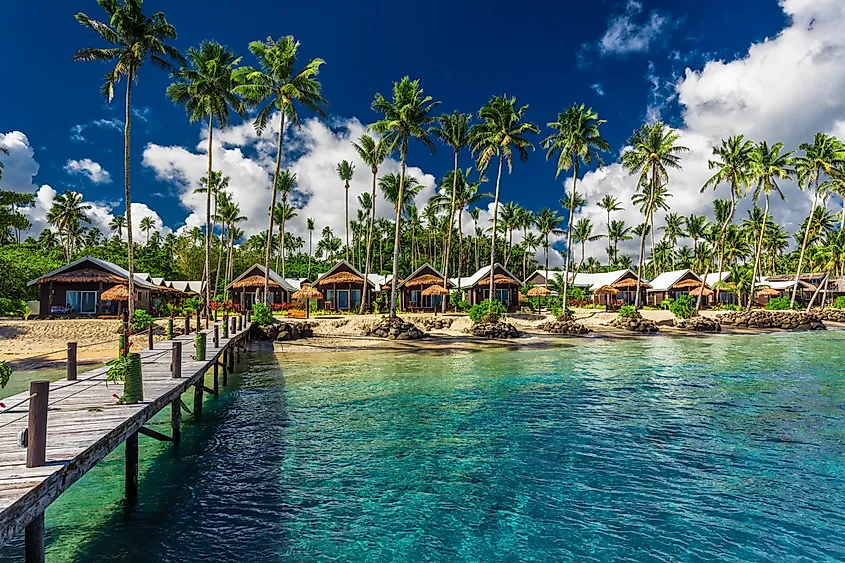
The Independent State of Samoa comprises seven islands covering under 3,000 square kilometers, with many surrounding coral reefs. It was settled by the Europeans in the early 18th century, with the United States, Germany, and the United Kingdom sharing parts of the territory in the 19th century, and Samoa gaining independence from New Zealand in 1962.
Today, global warming is playing a cruel card on this small nation. Rising water temperature has wasted large sections of the coral reefs here through a process called coral bleaching. The loss of these protective barriers has allowed the rising sea to inundate the land of Samoa, adversely affecting the country's tourism and agricultural sectors.
Solomon Islands
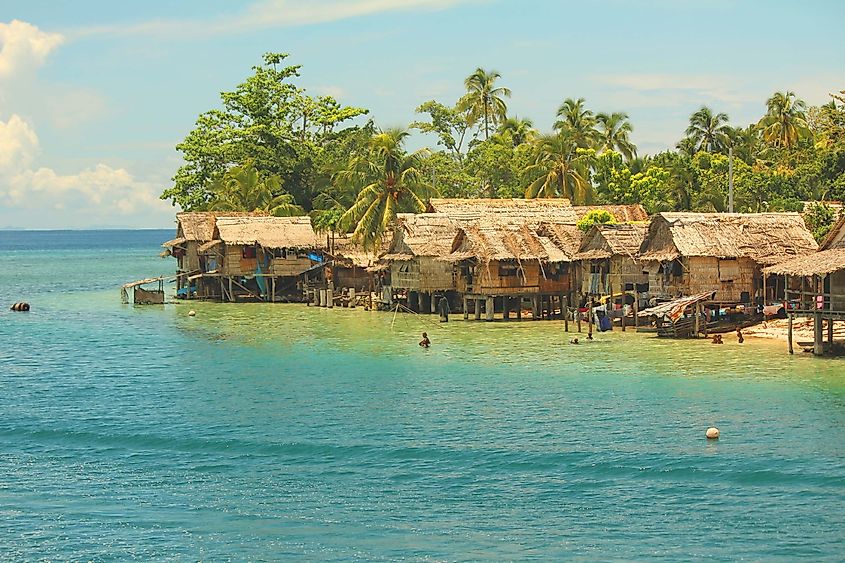
The Solomon Islands is an extensive chain of 990 isles spread through the Solomon and Santa Cruz archipelagos in the Indian Ocean. The islands were discovered early on in 1568 by the Spaniards, then owned by Britain, and received independence in 1978. Altogether, they comprise some 30,000 square kilometers of scenic paradise that could soon find itself underwater.
Six islands have already sunk below the surface, with more following suit. Despite this, Solomon Islands' population has been steadily increasing over the years to almost 728,000 inhabitants at the present day. The authorities are alarmed by the disappearing country and the future of its residents, as it appears that global warming will seriously impede their survival within just the next few decades.
The Maldives
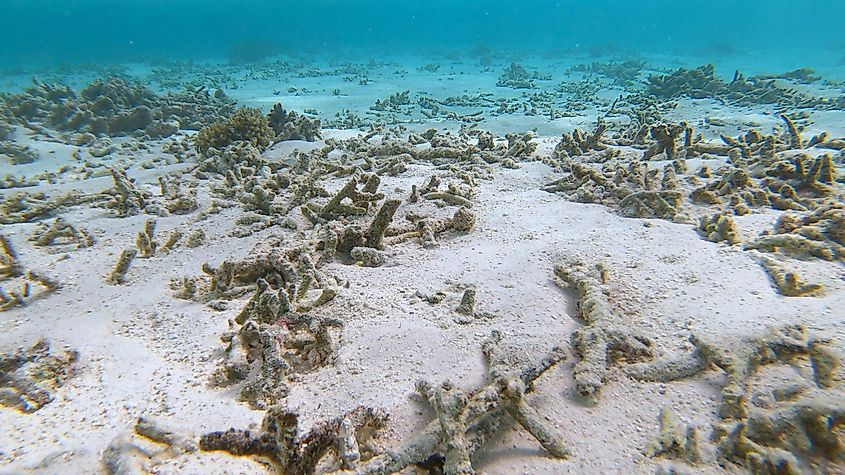
The Maldives is a famously-affordable tourist destination, officially known as the Republic of Maldives, with the capital city of Malé. The nation occupies an area of 298 square kilometers south of India with incredible scenery. Few know of its rich history, having changed hands multiple times, and shared between the Portuguese, Dutch, and British until independence in 1965 while retaining vibrant culture from each nationality.
The low-lying Maldives, with a maximum "peak" at 2.3 meters and "boasting" the lowest average altitude in the world of just 1.5 meters, is most threatened by rising sea levels. It is very likely that many of the 1,200 islands will start dipping into the ocean soon, which will halt its economy's mainstay, tourism. The rising sea level, at alarming rates around the nation, is also endangering the coastal livelihood of the 562,335 residents and forcing many to relocate.
The Maldives partnered with another vulnerable nation, the Bahamas on an international campaign to alert others and save themselves. It focused on the moral issues regarding suffering by the mostly-poor nations with little hard power, which made the campaign victorious and shaped the global 2015 Paris Agreement.
Tuvalu
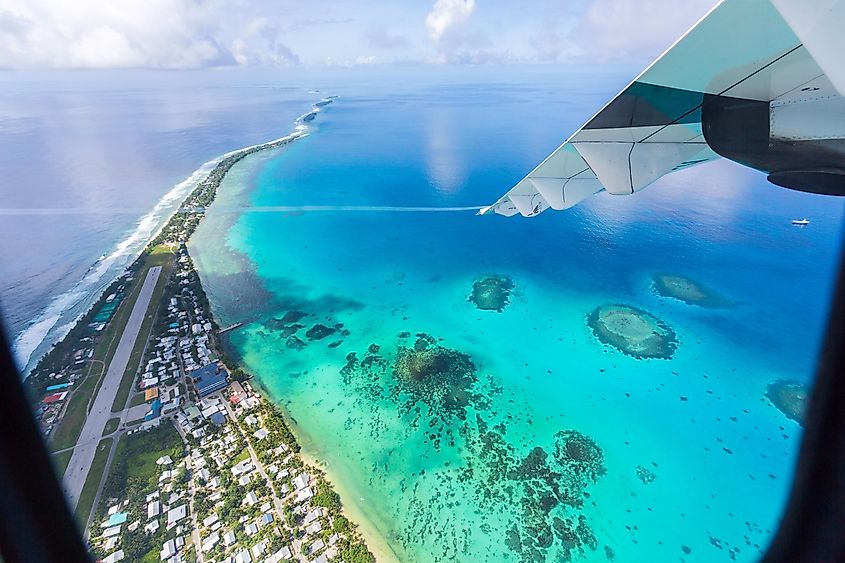
The small country of Tuvalu is composed of four coral reefs, five atolls, and three islands in the Pacific Ocean. Despite its meager size, the nation is a perfect candidate to represent those who do the least harm and suffer the most. The country is one of the lowest pollution producers in the world, home to just over 12,000 residents, and falling victim to global warming caused by the more emission-producing countries. Tuvalu is set comparatively low to the sea level and lacks natural boundaries, making it helpless against storms and sea level rise.
The archipelago was discovered by the Spaniards around 1568, owned by the British, and achieved independence in 1978. Together with its neighbor Vanuatu, Tuvalu suffered-through Hurricane Pam, which worsened its precarious situation and alarmed the government of its near-future survival. In fact, the authorities are very demanding with the Kyoto Protocol compliance, accentuating the "innocence" of the hindered island through the fault of most-polluting countries.
Vanuatu
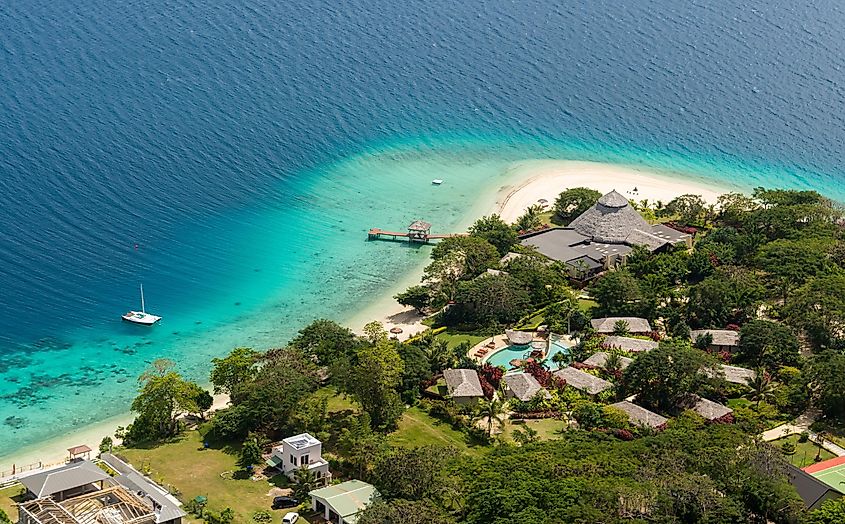
The Republic of Vanuatu is an archipelago of 12,000 square kilometers in area, set in the South Pacific Ocean. Vanuatu was discovered by Spanish explorers in 1606 and obtained independence from Britain and France in 1980 as a new state. According to the UN, the nation holds "the most vulnerable" "world record" in terms of natural disasters. The forces of nature persistently threaten to wipe Vanuatu off the map, making it highly likely that the 83 volcanic islands of Vanuatu will disappear soon.
Cyclone Pam was responsible for destroying nine of each ten buildings in the capital. Vanuatu's high rate of cyclone formation is burdened further by the main threat of rising sea levels that quickens the disappearance of the already-vulnerable state. Its rising population today faces forceable relocation after a turn disaster proves "doomsday" to all.
With so many nations, human lives and well-being under threat, it becomes clear that there is a need to take immediate action to address such threats. However, since climate change is a global problem, every nation needs to make commitments and keep the same if the issue is to be resolved. Else, world maps will have to be constantly modified to omit nations lost to the sea in the coming decades.



